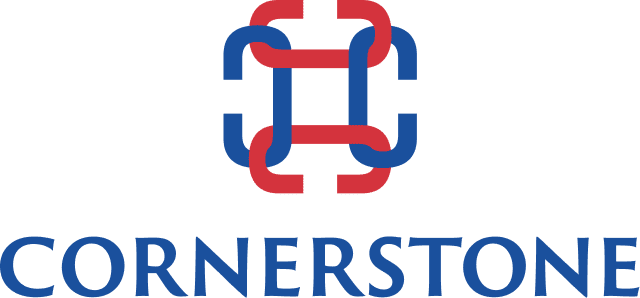Strategic Leadership Has Become Critical
In a recent post here, the author pointed out that business leadership was in danger of losing its meaning. By far the largest number of leaders manage effectively for today, but very few also direct and apply strategies for leading tomorrow. Not all leadership is strategic leadership.
The need for strategic leadership has never been greater, as technology ruthlessly accelerates obsolescence. Technology companies, of course, live by innovation but it is just as important for all organizations, including traditional, old line companies, to be imaginative and anticipate change.
Whether a multi-billion-dollar, a mid-market, a start-up or a family-owned organization, the challenges are similar. Technology will be the tipping point between growth and decline. Having associates who understand and effectively work with this technology is critical. You must recruit them if they aren’t already part of the organization; if they are, you must encourage them to stay.
Technology requires talent
Technology is something that you can touch and feel. It sometimes comes with instructions. That’s the easy part. Talent is the “magic potion” that makes it happen. The rate of change in technology creates a skills gap within many organizations that few are committing sufficient resources to overcome.
Future-thinking organizations have a culture that attracts talented individuals and encourages their development. Most organizations aren’t there yet. Some aren’t even trying.
A recent report of business confidence* noted that while U.S. business leaders are confident in their ability to succeed in the future, far too frequently they are not aligning investments, incentives, and organizational changes. They are not innovative enough; leadership is not bold. Organizations are not keeping up with the pressure to find, develop and keep the right talent.
Strategic leadership that can help an organization look for new ways to do things as well as consider new ideas is at a premium. The pressure will continue on finding, attracting, challenging, developing and retaining these talented individuals.
Is there a Talent Gap?
There is a lot written about a talent shortage. At the same time, LinkedIn has thousands of individuals who are interested in another job (articles indicate that more than one in five workers plan to leave their job in 2016, and in certain age groups, perhaps as many as 80% of people working today want to make a change).
So where’s the disconnect? It’s fit. Many of the people an organization can easily identify do not have the ability to help it attain lofty goals. Simply put, they don’t bring what is needed, either in terms of skills or compatibility, or both. Hiring them is the first step toward losing momentum.
Recruiting individuals who can help an organization attain its goals involves more than just considering “easy to find” people. It requires three steps: understanding what the organization really needs; identifying individuals who can provide this; and attracting them.
Successful organizations have alignment as well as determination and commitment. Are you investing enough in the future and taking appropriate steps to ensure sustainability?
*“Deloitte Business Confidence Report 2016: The bold organization—innovate, lead, attract”


